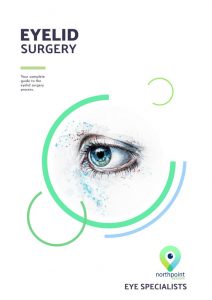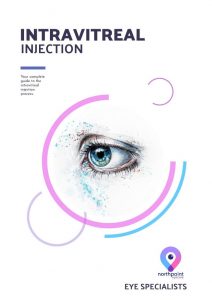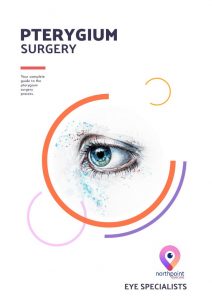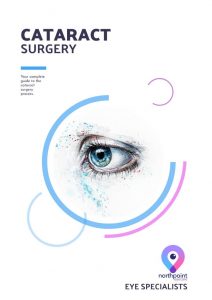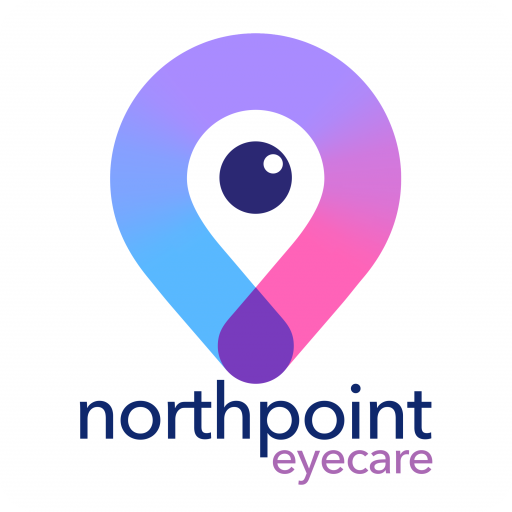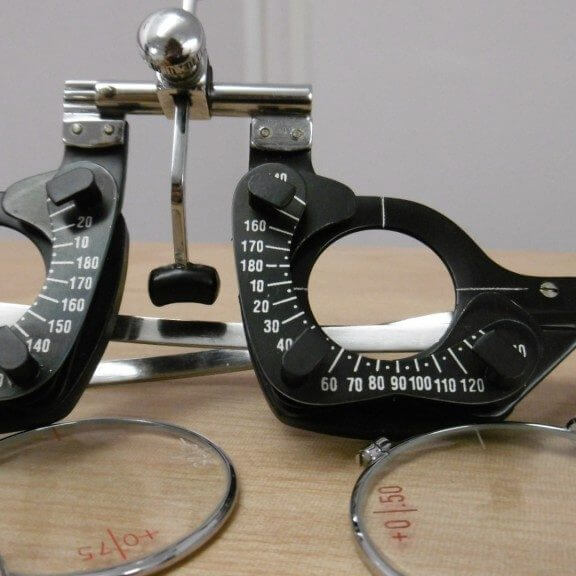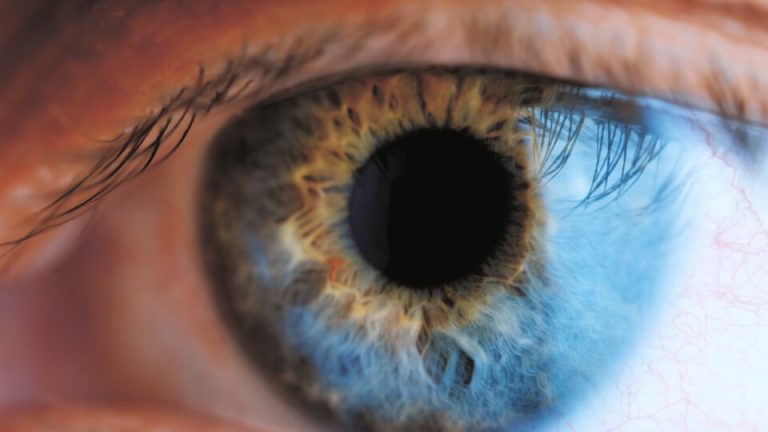Glaucoma information
What is glaucoma?
Glaucoma is a disease of the major nerve of vision, the optic nerve. This nerve receives light-generated nerve impulses from the retina and transmits these to the brain, where we recognise the electrical signals as vision. It is characterised by a particular pattern of progressive damage to the optic nerve that generally begins with a subtle loss of peripheral vision. If not treated it can progress to loss of central vision and blindness. It is usually associated with elevated pressure in the eye, although occasionally the pressure is normal and optic nerve damage occurs through poor regulation of blood flow to the nerve (Normal Tension Glaucoma or NTG).
How common is glaucoma?
Worldwide, glaucoma is the leading cause of irreversible blindness. As many as half of the individuals with glaucoma may not know that they have the disease. This is due to the fact glaucoma initially causes no symptoms and the loss of peripheral vision goes undetected.
What causes glaucoma?
The front of the eye is filled with a clear fluid called the aqueous humour, which provides nourishment to the eye. This fluid is produced by the ciliary body, circulates through the pupil and leaves the eye via tiny channels called the trabecular meshwork. Theses channels are located at the drainage angle of the eye, between the iris and the cornea. Together they function like a grate drain. An imbalance in fluid production and drainage can lead to elevation of the intraocular pressure and optic nerve damage. In most people, the drainage angles are wide open, when they are narrow, angle closure glaucoma can occur.
What are the risk factors for glaucoma?
There are a number of risk factors for glaucoma, including:
- Age over 45 years
- Family history of glaucoma
- Diabetes
- History of injury to the eye
- Use of cortisone (steroids) either to the eye or anywhere in, or on, the body
Glaucoma types
Open Angle Glaucoma
Angle Closure Glaucoma
What are the different types of glaucoma?
Occasionally the intraocular pressure is normal and optic nerve damage occurs through poor regulation of blood flow to the nerve, called normal tension glaucoma or NTG. Glaucoma that is typically associated with an increased intraocular pressure is divided into two main types, open angle glaucoma and angle closure glaucoma.
Open Angle Glaucoma is the most common. This condition is painless, without symptoms and slowly progressive. The most common type is primary open angle glaucoma (POAG), where the cause is unknown. However, there can be secondary types, most commonly caused by pigment dispersion*, or pseudo-exfoliation syndrome, but also by other more uncommon conditions.
Angle closure glaucoma is less common but usually occurs suddenly, in one eye, with more symptoms. These include severe pain, headache, vomiting, and a red eye often with severe loss of vision. Sometimes the angle closure glaucoma can be chronic and both eyes can be affected, with the disease asymptomatic like open angle glaucoma.
Glaucoma diagnosis
How is glaucoma diagnosed?
- Examination
- Intraocluar pressure
- Photography
- Optical coherence tomography
- Angiography
- Computerised perimetry
Your ophthalmologist at Northpoint Eye Care will undertake a comprehensive examination of your eye to detect those individuals who are at risk for glaucoma before nerve damage occurs. This is done by measuring the intra-ocular pressure, a painless, rapid and non-invasive method, in the clinic. This is supplemented with an assessment of the optic nerve head via direct examination on the slit lamp and optic nerve stereo photography. Another test used to measure the optic nerve fibres is called optical coherence tomography (OCT). This is a non-invasive scan that gives a highly detailed cross-sectional image of the retina and optic nerve. The state-of-the-art OCT at Northpoint Eye Care can also give details of the blood vessels (angiography) of the optic nerve as well. The peripheral vision is tested with the computerised perimeter (CP), which gives an indication of the damage that has occurred to the peripheral vision from glaucoma. These tests assist in both diagnosis and ongoing management of the disease.
Glaucoma treatment
Glaucoma is a disease that can generally be controlled and further nerve damage and visual loss can be prevented. This will involve the use of regular eye drops, laser or less commonly surgery.
Eye Drops
Eye drops are usually used as the first choice in treating most open angle glaucoma. They work by either reducing the production of aqueous fluid or by increasing the drainage of fluid out of the eye. Most drops are used either once or twice a day and can be used in combination. They are generally tolerated well and have few general side effects, these will be discussed with you by your ophthalmologist prior to prescribing. Regular lifelong medication is used and compliance is essential to adequately control the intraocular pressure and prevent visual loss. Click here for advice on how to take drops. Eye Drop Alarm is a useful App to help you to take your drops.
Laser
There are several forms of laser therapy for glaucoma. Laser iridotomy involves making a hole in the coloured part of the eye (iris) to allow the aqueous fluid to drain normally in eyes with narrow or closed angles. Selective laser trabeculoplasty (SLT) is performed in eyes with open angles. This is done to increase the outflow of fluid from the eye. It is a quick and relatively painless method of lowering the eye pressure and is done in the clinic at Northpoint Eye Care. It can be repeated if necessary in the future.
Laser Peripheral Iridotomy
Selective laser trabeculoplasty
MIGS
Where the above treatments fail then surgical intervention is required. Micro-incisional glaucoma surgery (MIGS) involves the insertion of small devices into the trabecular meshwork in the anterior chamber angle. These devices aim to increase the outflow of fluid from the eye, lowering the pressure. They are particularly effective in mild to moderate glaucoma, and can be used during cataract surgery or on their own. Similar devices will eventually deliver medications, similar to taking drops.
Surgery
Trabeculectomy is an operation for progressive glaucoma that is not controlled by the above treatment modalities. This operation is where a ‘shortcut’ is made for fluid to drain from the inside of the eye to the outside of the eye, under the conjunctiva. A piece of the trabecular meshwork is removed to create an opening and a new drainage pathway for the fluid to exit the eye. Tube or shunt devices can be used instead of trabeculectomy, which perform a similar function.
Collaboration
Your general practitioner is invaluable in treating your glaucoma be it optimising your blood pressure, diabetes and other medical conditions, to counselling you on this significant change to your life. Your optometrist is also invaluable providing prompt diagnosis, co-management and communication with your ophthalmologist when needed, and optimising your vision with spectacles or low vision aids. Collaboration with you is also important and remember to keep your medications up to date by informing our staff of any changes. Follow the links tab for valuable information and resources.
Links
Share:
E-BOOKS
